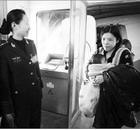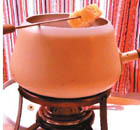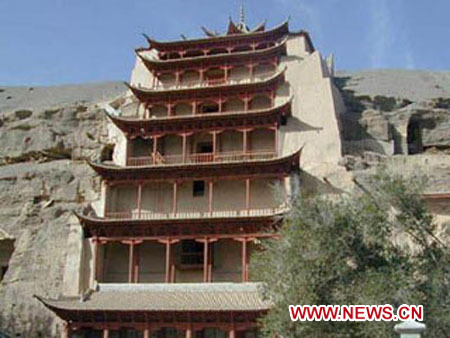-
-

Calm&Chaos
For the past few days Li Qingda's life has felt like being in a Hollywood action flick ? surviving a 9.0-magnitude earthquake and escaping possible nuclear radiation. Li is a 21-year-old law student at Sendai's Tohoku University, located close to the epicenter of the earthquake that struck off the coast of Japan on Friday. It spawned a tsunami that swallowed up whole villages and towns, killing at least 3,600 people, with more than 7,800 still missing.
-

Childcare
Just like new moms, new fathers can be depressed, and a study found a surprising number of sad dads spanked their 1-year-olds. About 40 percent of depressed fathers in a survey said they'd spanked kids that age, versus just 13 percent of fathers who weren't depressed. Most dads also had had recent contact with their child's doctor ?a missed opportunity to get help, authors of the study said.
-

A SAD fact
Before finally accepting a position as department head, Wu Ting turned down three promotion opportunities in the past 20 years just so she could avoid giving presentations at large gatherings.
-

-

-

-
-
Key Words
Tea Peking Opera
Confucius
Cultural Heritage
Jade Chinese New Year
Imperial Palace
Chinese Painting
Heritage
China maps out protection plan for Dunhuang grottoes
(Xinhua)
Updated: 2011-03-16 09:57
 |
Large Medium Small |
|
 Mogao Grottoes now has 735 grottoes,ranked as a UNESCO world cultural heritage site in 1987 more than 2,000 colored statues, and 45,000 square meters of frescos. (Xinhua File Photo) |
China published a plan on Tuesday for the protection of Mogao Grottoes, one of the country's three major Buddhist art treasures, in Dunhuang city of China's northwest Gansu province.
The document, which took eight years to complete, was endorsed by the State Administration of Cultural Heritage before coming into effect Tuesday, said Fan Jinshi, curator of the Dunhuang Academy.
It was drafted by Chinese heritage preservation experts, with the help of specialists from the United States and Australia, he said.
The document has designated a 1,344-square km conservation area for heritage and environment protection.
"It's aimed at preserving and sustaining the treasures," said Chen Tongbin, head of the Institute of Architectural History under China Architecture Design and Research Group.
Chen and his colleagues began drafting the plan in 2003, shortly after a regional law was passed for the better protection of all underground relics, sites of historical interest and the natural environment around the Mogao Grottoes.
The Mogao Grottoes, or the Ancient Caves of 1,000 Buddhas, were listed in 1987 by the United Nations' Educational, Scientific, and Cultural Organization as China's first world heritage site.




